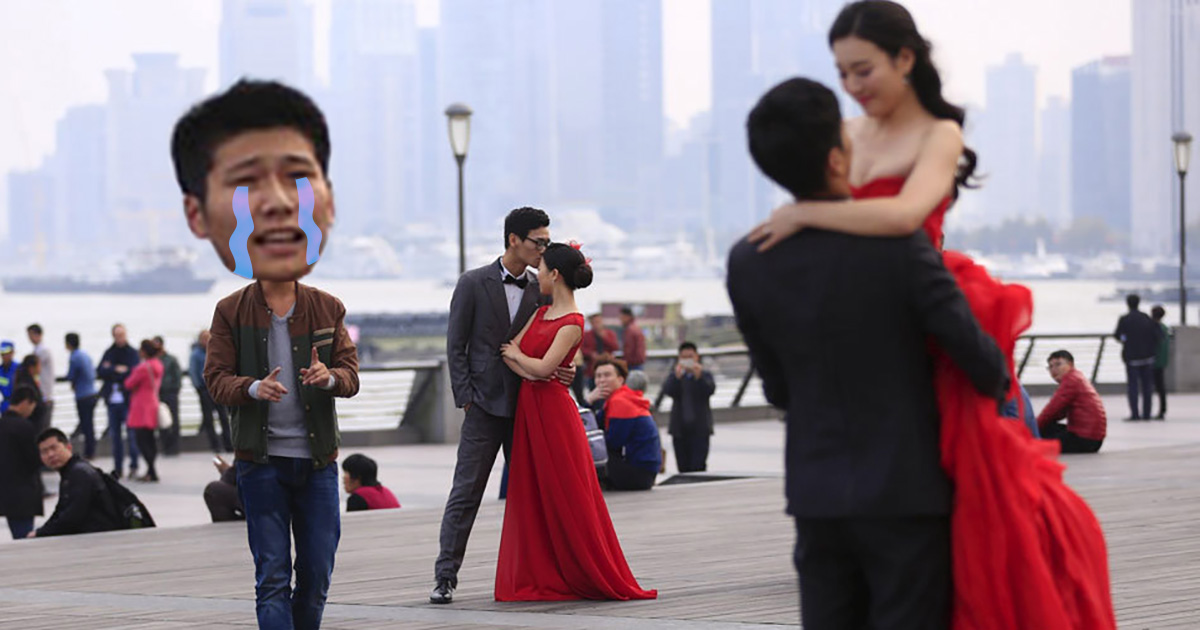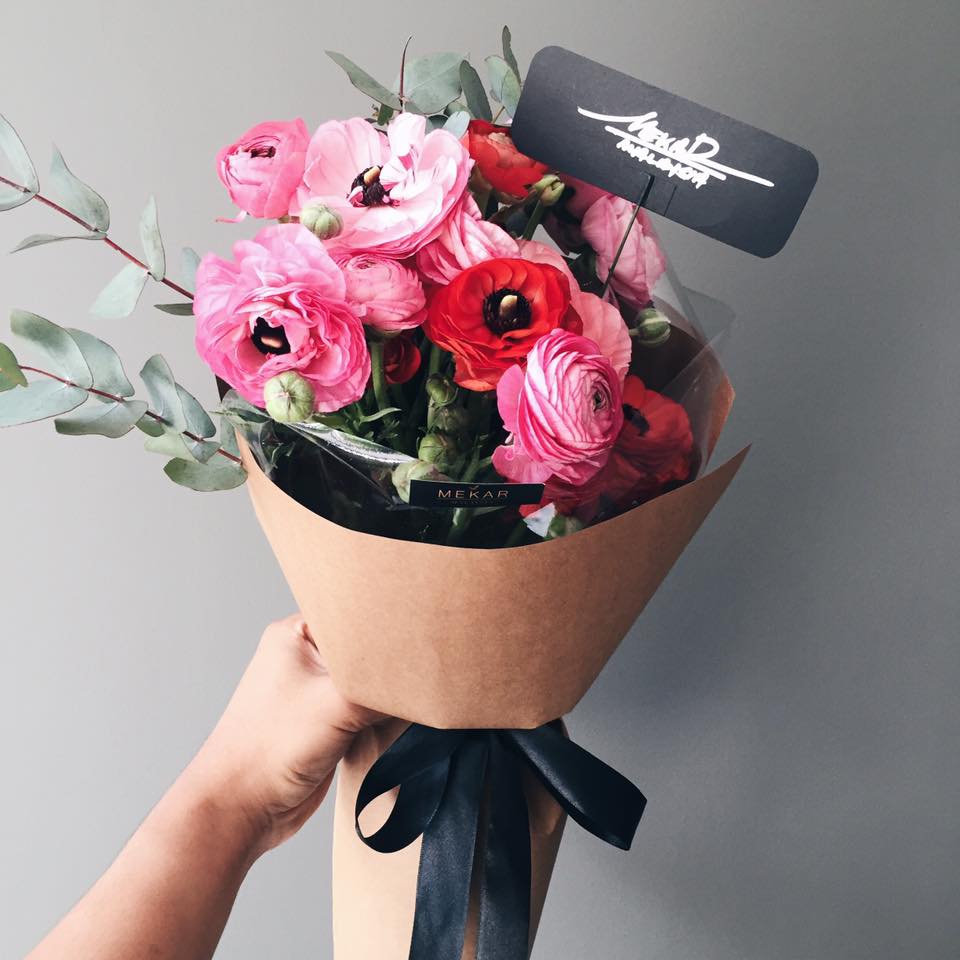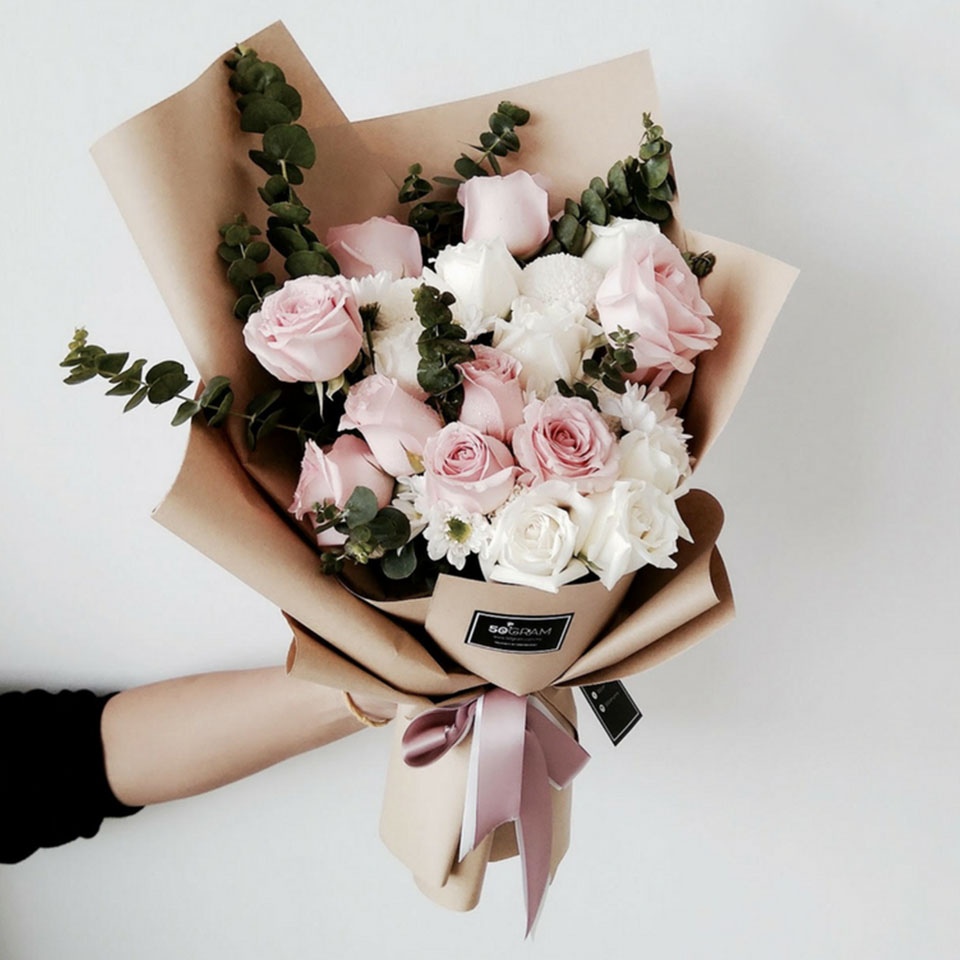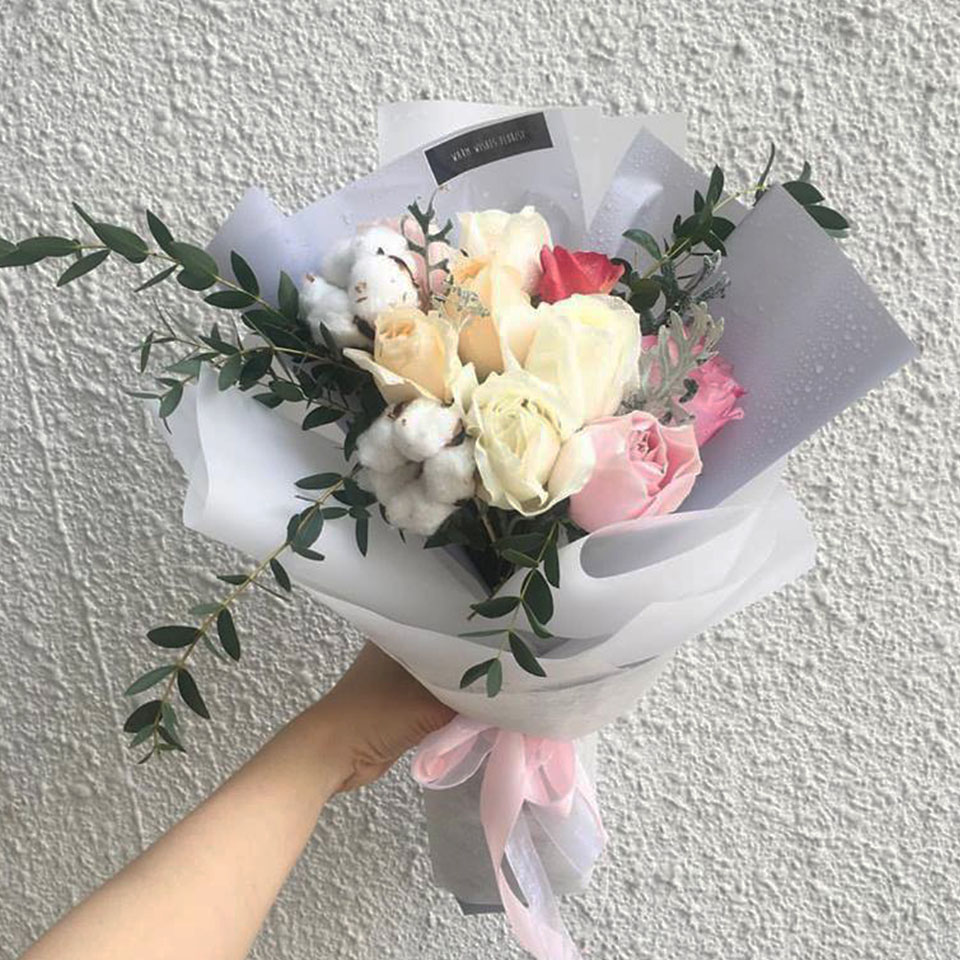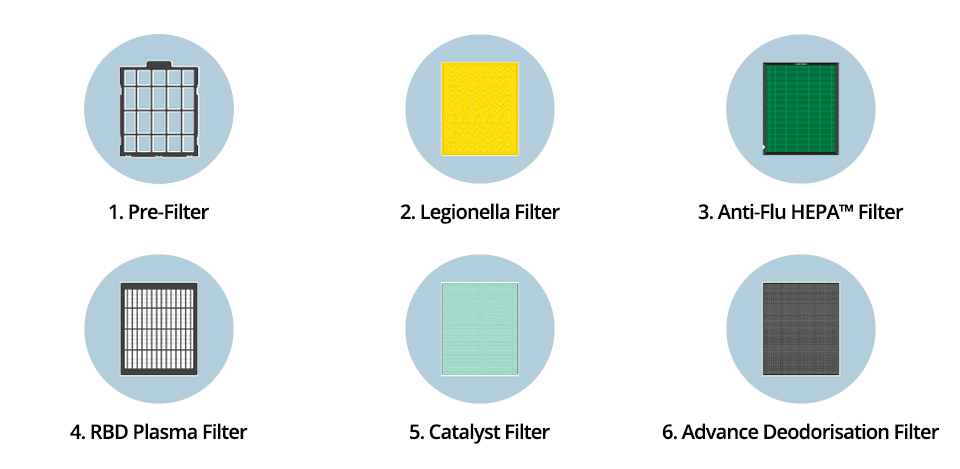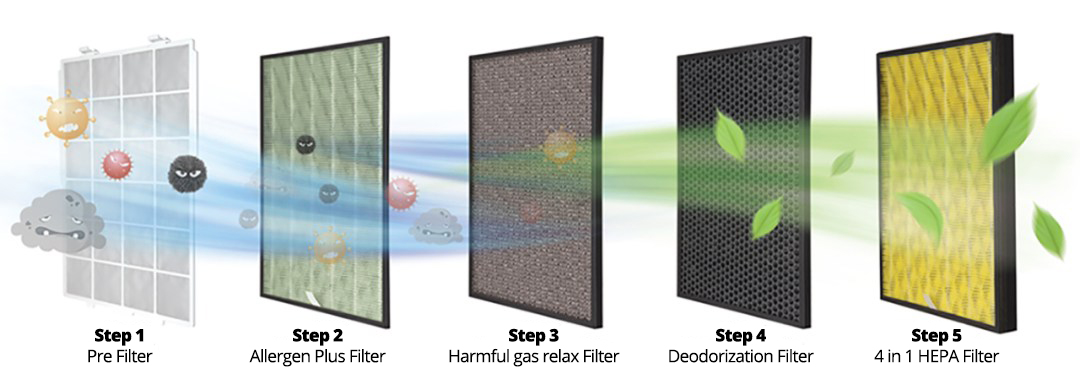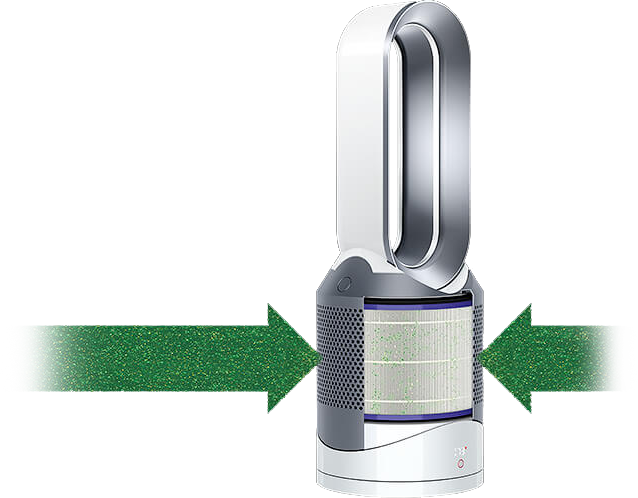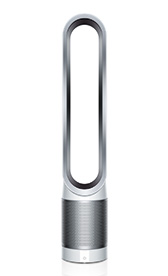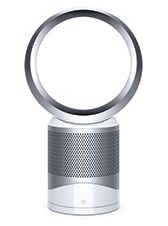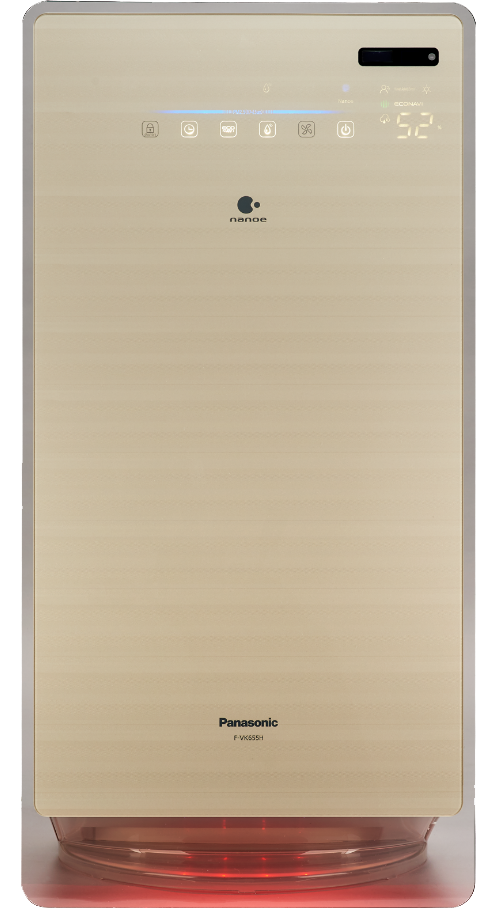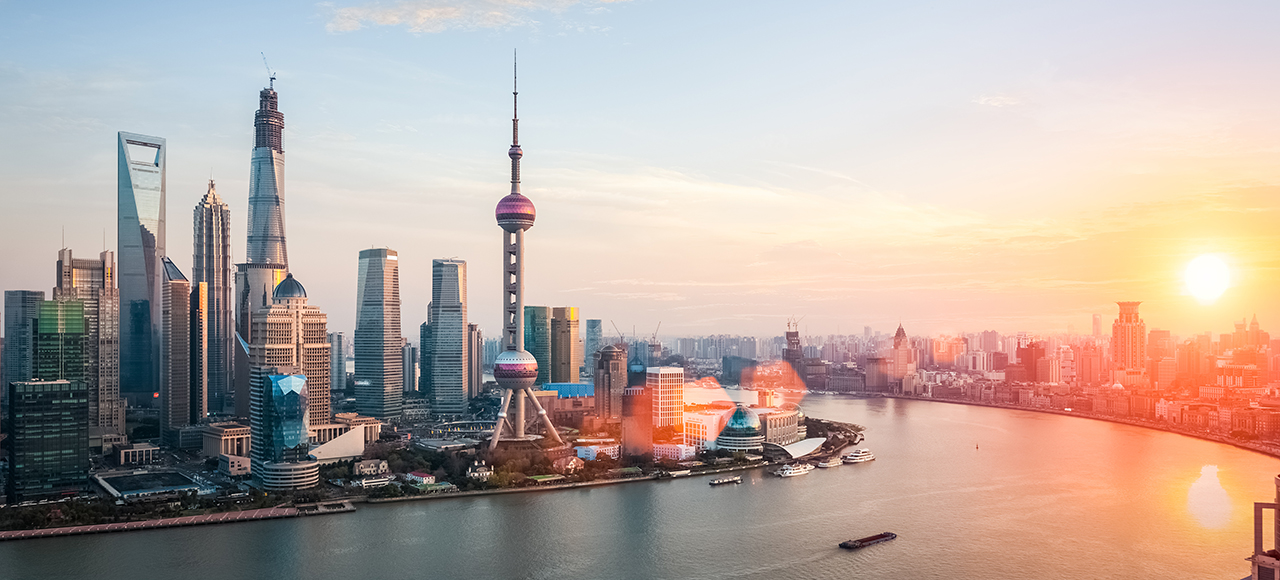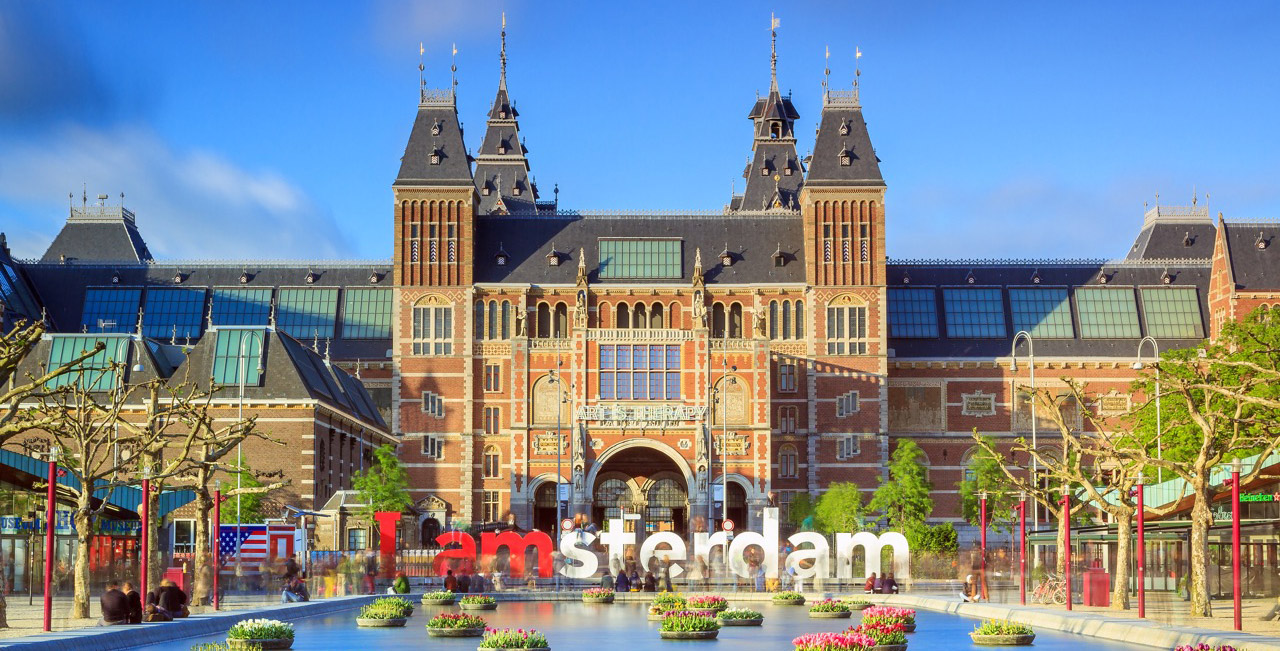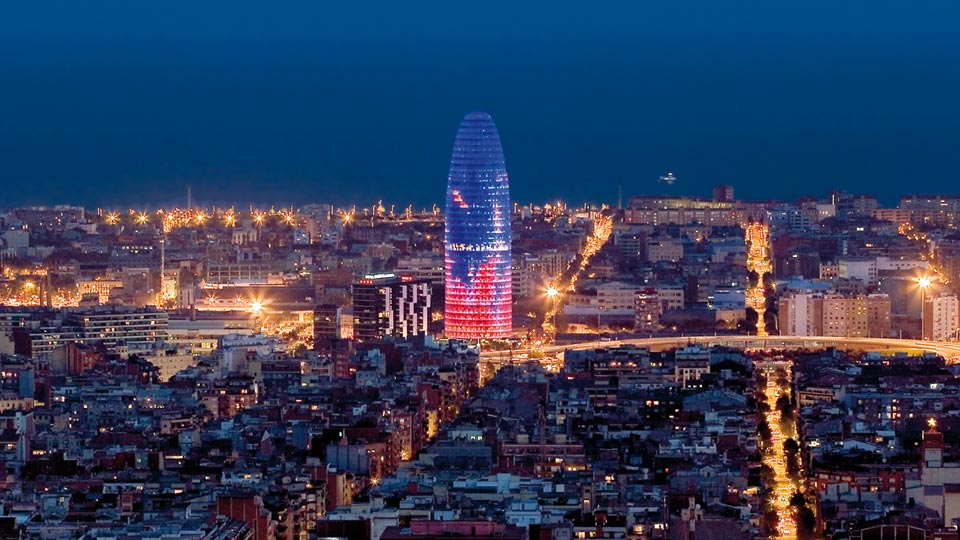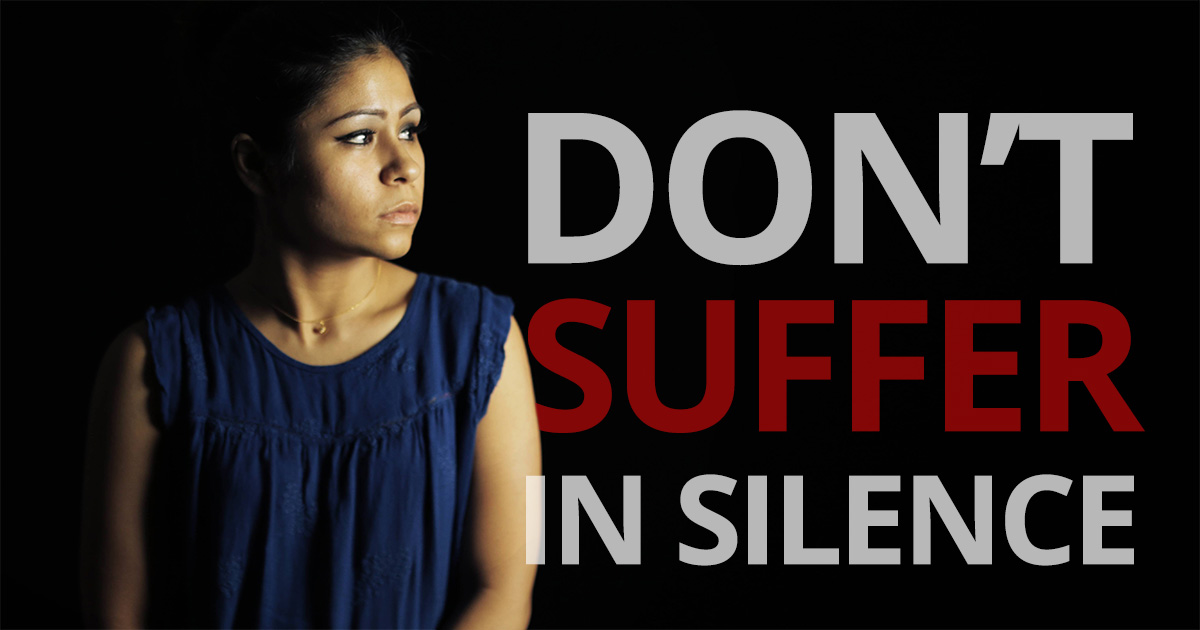
Don’t suffer in silence
1 in 4 women experience Domestic Violence during her lifetime and more than half of these women have children that watch them helplessly as they are abused.

Repercussions of Domestic Violence vary from woman to woman depending on the type abuse they would have experienced. It can be from their partners, members of the family or total strangers.
The different types of abuse are:
| Physical | This includes Slapping, hitting, kicking, choking, restraining or any other torture that involves human contact. |
| Emotional | In this type of abuse comes intimidation, degradation, being yelled at or being given a silent treatment. This will also lower their self esteem. |
| Sexual | Sexual activity without her consent and without any contraceptives. |
| Verbal | When you are being called names, being accused of doing things that you haven’t done, when for example your spouse lies to you. |
| Social | Yes! This is actually a form of abuse, that includes a lot of things like a controlling husband, being ill treated in the public or stalking you wherever and whatever you do. |
| Financial | Financial abuse varies from not being able to support the family making them starve, Or it’s the woman who is working but her money is being used by her husband for things that do not benefit the family. |
| Human Trafficking | Although this stands as another different and serious issue, it still remains a type of abuse, as women are forced work in terrible conditions as prostitutes, servants or in farming areas. They are often beaten up, drugged and starved. If she refuses, her children will be at risk. |
According to the Kuala Lumpur Hospital Emergency and Trauma Department, 4000 cases have been reported from January 2016 to January 2017 in Malaysia. With the highest of 498 in Selangor and most cases reported from Malays compared to Indians and Chinese.
Apparently reports have increased rapidly compared to other years. This is because more people have become aware of Domestic Violence as a crime, and are now reporting.
Examples of Malaysians who suffered recent domestic violence are Ana and Shona Roy.
Ana experienced domestic violence for 13 years. Her husband forced her to stop working and he treated her like a slave. She faced physical abuse and the only thing that made her endure all this was for her two sons. Read more
Shona Roy was married to a Saudi-Arabian man, and endure domestic violence for 8 years. The husband was cheating, violent to the extent that he chased her around with a knife, refused her custody of her children and then tried to kidnap them from the hands of their mother.
Shona Sinha Roy // image via says.com
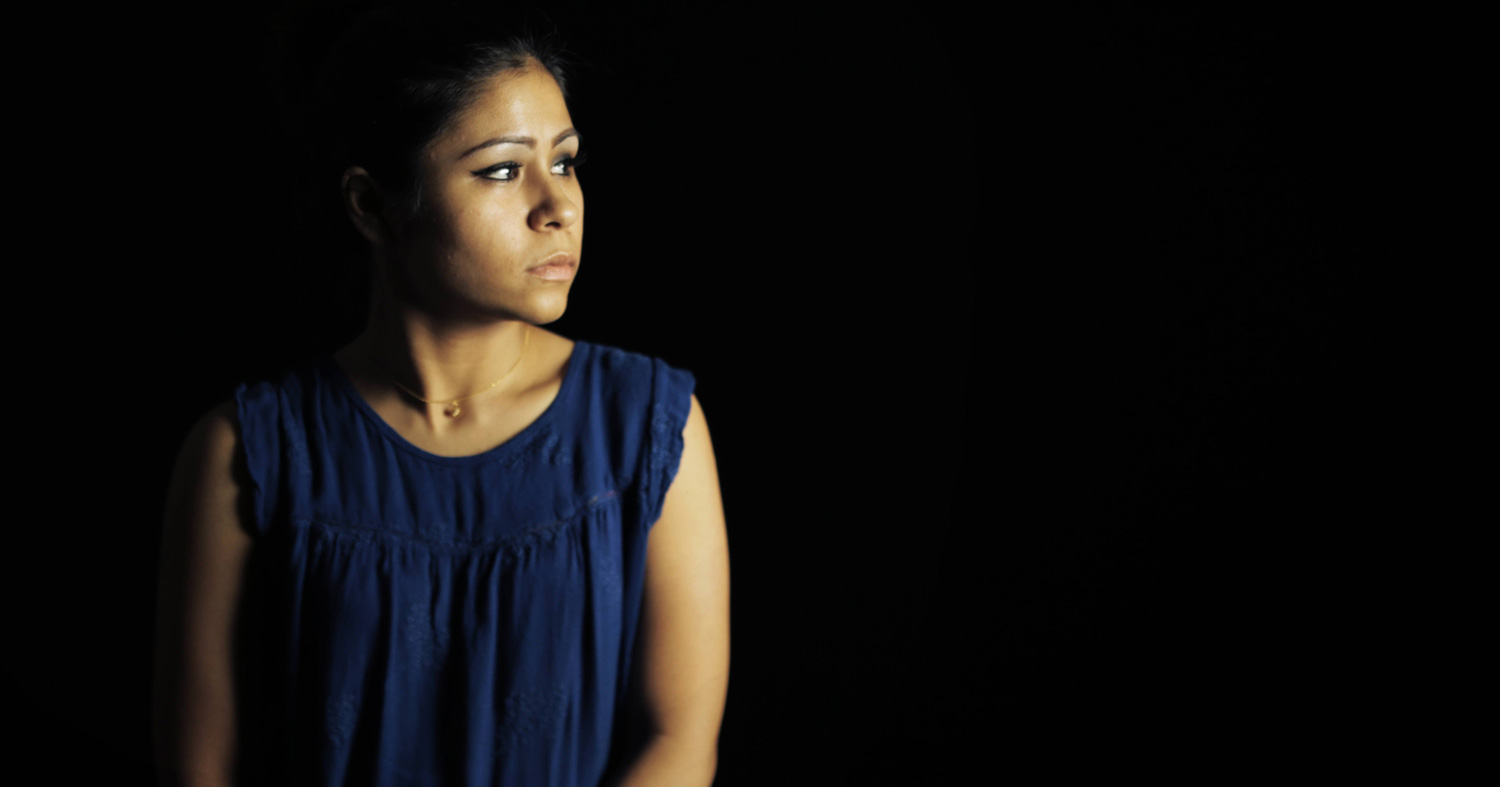
Imagine the pain that these two women have endured. Would you want to suffer the same fate? Take not, it can happen to anyone. That brings us to the next issue, how can we stop Domestic Violence. In Order for us to prevent this trivial issue we need to be aware of the causes.
Remember, the abused is not the cause of the problem. It is the abuser who is in total control and who takes full responsibility for us.
Abusive relationships, early marriages and violence make women susceptible in marriage. They will not have the courage to say no to an abusive husband. In cases where there are financial problems and employment is scarce, they are scared they will not be able to take care of their children so they’d rather be abused and have their children safe.
Those that stay in an abusive relationship for the sake of their children are making the biggest mistakes of their lives, and also their children’s lives because they are greater chances that your children will also resort to Domestic Violence thinking it’s a normal way of living.
But is it fair for women to be caught in such a dilemma, and in this day in age? No matter how many times women beg for help, society turns a blind eye to them, families put pressure on them, and people around trampled on them, make them realized that they don’t have a voice in this world. But after all, they’re still living and fighting for themselves until now. Their perseverance is admirable though they were treated badly. Without women, can the world be advanced like this? And why must these unfortunate people suffer severe consequences and unjust though they have devoted a lot for humanity?
In conclusion, violence against women is a difficult problem to solve. This is not always under control to be able to fix at all. But people will always have the most reasonable resolutions. I hope that this issue will soon be resolved smoothly so that all of the women will no longer have to suffer from those pains.
WOMEN’S AID ORGANISATION (WAO) HELPLINE
WAO Hotline: 03 7956 3488
WhatsApp/SMS TINA: 018 988 8058
WAO Hotline: 03 7956 3488
WhatsApp/SMS TINA: 018 988 8058

Understand the common causes that lead to domestic violence and ways to prevent it.






